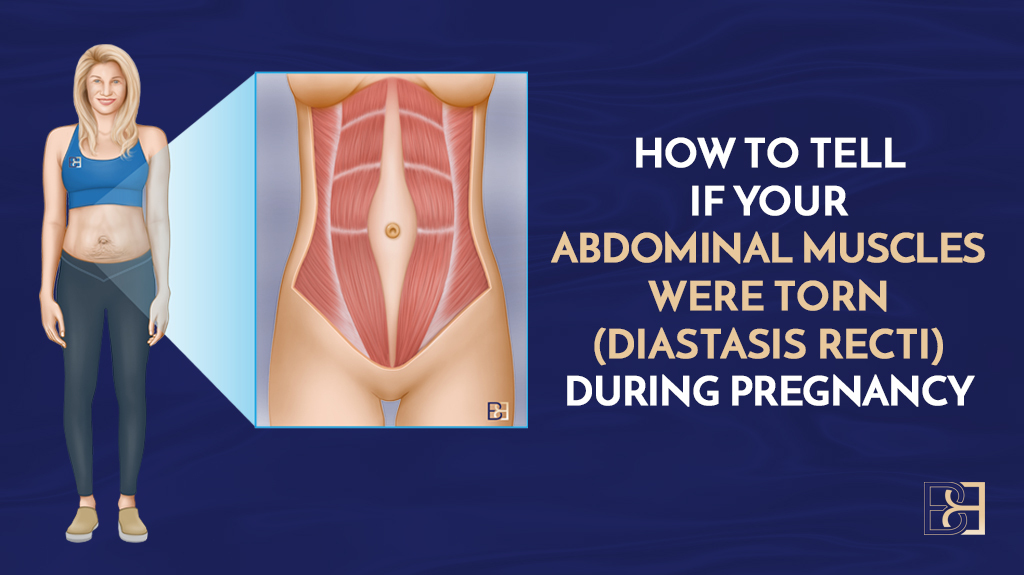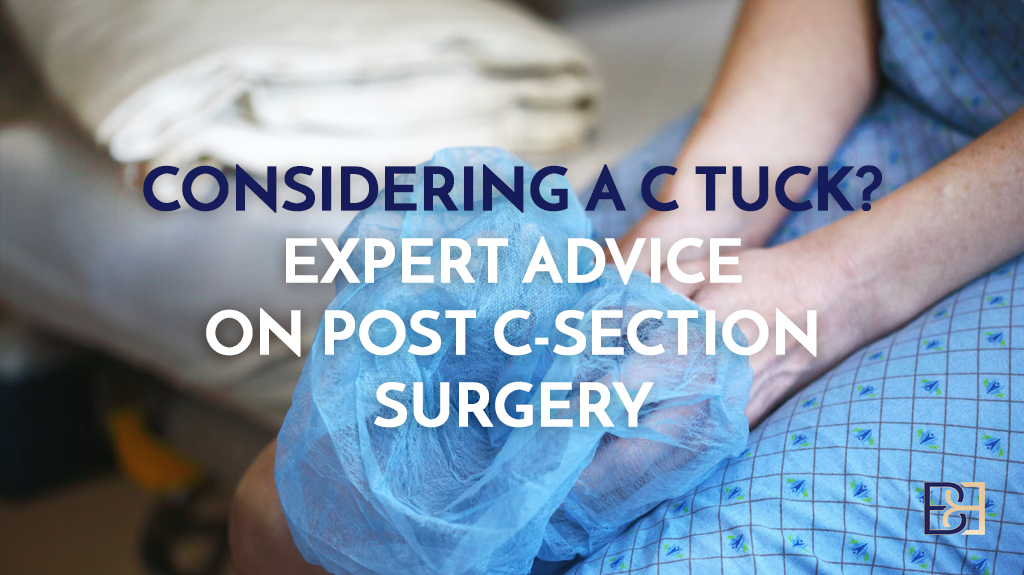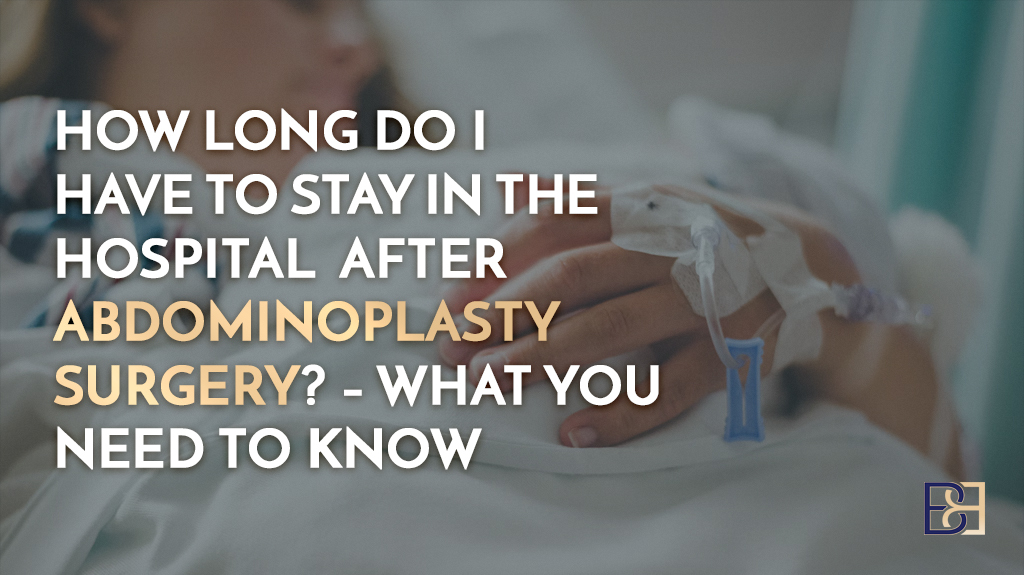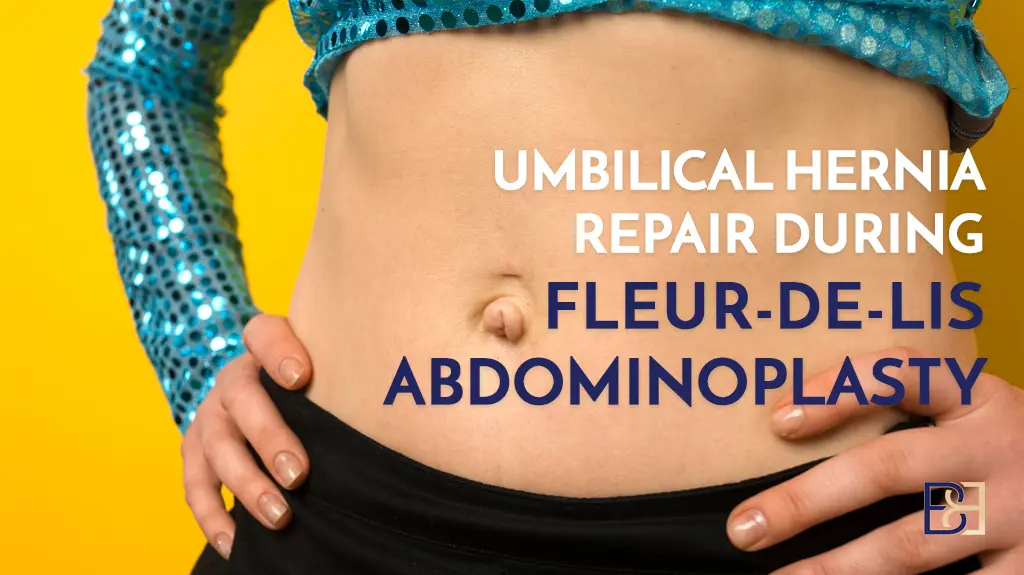Breast fat transfer is a natural way to increase cup size while slimming another part of the body, such as the abdomen. However, there are limitations to what breast fat transfer, also called breast fat grafting, can do for you.
Please keep reading to find out who is a good candidate for breast fat transfer, how big it can make your breasts, and the differences between breast fat transfer vs breast implants. When you’re finished reading, you’ll be able to make an informed and personal decision about the best way to increase your bust size as an individual.
Book your appointment online now
Breast Fat Injections FAQ
Dr. Bernard is a breast fat transfer surgeon in Australia who specializes in serving patients who have undergone procedures following pregnancy and weight loss. In this article, he answers all your questions about breast fat grafting. This exciting procedure is a great way to increase bust size while removing excess body fat in one surgery.
What is fat grafting?
Fat grafting is a cosmetic surgery procedure that removes fat from one body part, such as the abdomen, using liposuction, and then transfers the fat to another body part, such as the breast. The most popular fat grafting technique utilizes fat from the abdomen to increase breast size. The belly fat is cleaned and purified before being injected into the breasts. Fat can also be harvested from other body parts.
Can you use someone else’s fat for breast fat injections?
No — and there’s a good reason why. Many patients want to know if they can use someone else’s fat for fat transfer surgery. After all, we all know someone with extra fat that would be happy to give it away! Using a friend or family member’s fat is tempting. Why should all that fat go to waste? They don’t even want it.
So, why can’t we put that fat to good use? The reason is medical, not cosmetic. It’s not possible to transfer fat from one person to another because there is a significant risk that the body will reject it, leading to health problems and possibly death. The body’s immune system is designed to detect and fight off foreign objects that enter the body. That includes fat cells that are foreign to the host.
While it may be possible to transfer fat from one person to another in the future, currently, there is no safe way to do so. To determine the safety of a medical procedure, extensive medical research and studies are required to evaluate it. Since the procedure is risky, no good medical studies have been done yet. As of today, it’s just not an option.
The good news is that most people have plenty of excess body fat to use in a breast augmentation and do not need to take it from someone else.
Can you transfer fat to the buttocks, too?
Though buttocks fat transfer, commonly known as a Brazilian Butt Lift, is possible, Doctor Bernard does not perform this procedure, as it is much riskier than other cosmetic surgeries.
There is a high risk of death associated with Brazilian Butt Lifts, and for Dr Bernard, the reward is not worth the risk. The butt lift mortality rate is 1 in 3,000 patients, a number unheard of in other forms of cosmetic surgery.
In addition to a high risk of death from butt lift surgery, another factor is that the death is immediate. Often, Brazilian butt lift patients die from a fat embolus, which causes death in just a few hours. There is little a surgeon can do to save the patient.
Doctor Bernard could not imagine a situation in which such a thing would happen. Patients are Dr Bernard’s #1 priority. He treats many young women with children, who have their whole lives ahead of them. A bigger bum just isn’t worth it, in his medical opinion. Breast fat transfer, on the other hand, is a safe procedure.
Do you need to undergo a fat transfer at the same time as liposuction, or can you save the fat for later use?
Wouldn’t it be great to remove unwanted body fat today, then save it for future use? It sounds great in theory, but it is not currently possible. Fat is a living tissue. It won’t survive long outside of the body. The fat that is removed with liposuction must be transferred to another body part within two hours of harvesting.
Is breast fat transfer risky?
While all forms of surgery carry risks, breast fat transfer is not considered a dangerous procedure. While the technique is new to Australia, places like the U.S. and Europe have been doing breast fat injections for many years. The risk of death from breast fat transfer is low. Additionally, it does not appear to interfere with breast cancer screenings.
Fat injections are successfully used for post-mastectomy patients as well. For patients who have deformed breasts after breast cancer surgery, fat injections are commonly used to alter the appearance of that area. Mastectomy patients may also use breast implants. However, after a cancer scare, it is no surprise that these women prefer a less-risky alternative, such as breast fat injections, to implants.
Can breast fat transfer cause breast nodules?
What happens if a patient develops a breast nodule after breast fat injections? Are the fat injections to blame? Again, there’s no suggestion in the literature that breast fat injections are dangerous. Current research shows that breast fat transfer doesn’t make it harder to detect breast cancer. To give his patients peace of mind, however, Doctor Bernard has each breast fat transfer patient go in for an MRI, breast ultrasound, and mammogram before getting breast fat injections. That way, if a patient has breast cancer, they know about it before having cosmetic surgery. If the patient moves forward with breast fat transfer, they will know for a fact that it wasn’t their decision to get breast fat transfer that caused it.
And if, for some reason, there is an abnormality or a little nodule after breast fat injection, then you can compare the old photos with the new photos. That makes investigating the medical cause easier.
The downside is that because patients in their 20s and 30s are less likely to have breast imaging covered by insurance, these tests can be expensive. Doctor Bernard’s experience is well worth the peace of mind.
What are the limitations of breast fat injections?
Breast fat injections are a 100% natural alternative to breast implant surgery. Yet there is a downside. Implants can make the breasts significantly larger. The shape and size are very reliable. With an implant, you know exactly what you are getting. Meanwhile, breast fat injections can only increase the size of the breast so much.
It’s a proportional increase. The larger the breast and the looser the breast skin, the better the breast fat transfer works. With fat injections, a patient with an A cup cannot become a C cup. They will only get a small increase in bust size. A woman with C cup breasts can go up about one cup size. D cup breasts may increase by about 1.5 cup sizes if the skin is lax.
The bottom line: For flat-chested women, breast implants are a better choice.
How big can breast fat injections make my breasts?
It’s all based on the current breast volume a patient has. Breast fat injections can increase the bust size naturally by about 30-40%, according to Doctor Bernard’s estimate. The reason they cannot go much larger is that a flat chest with tight skin does not have enough room inside the breast for the fat to survive. The new fat will be constricted. The fat tissue needs space around it so that it can receive nourishment from the blood supply to stay alive. Without nutrients, the fat cells die. So, tight skin and small breasts, particularly on women who have not yet had children, won’t have a good result. A significant portion of the transferred fat is metabolized and expelled by the body. The breasts won’t look much bigger.
On the other hand, women with looser breast skin and more fat in the breasts tend to have more room inside the breast pocket for the fat to survive. Breast fat transfer is best for women with moderate to large cup sizes and lax breast skin.
Who is a good candidate for breast fat transfer?
The best candidates for breast fat injections are women who have been pregnant or lost weight in the past. They tend to have empty breasts. Patients with loose breasts often have a reasonable amount of breast tissue to begin with. Even a B cup with a lot of emptiness after pregnancy or breastfeeding has enough room to add some fat with breast fat transfer. Because the skin is looser, the new fat cells have room to survive. The same goes for women with empty C-cup or D-cup breasts. These are the best candidates for fat injections.
Is an abdominoplasty with breast fat transfer a good idea?
This is a very popular option. Doctor Bernard performs many abdominoplasties with breast fat transfer because it’s ideal for patients with loose skin and tissue. After pregnancy or weight loss, patients often have loose skin on their midsection. Abdominoplasty is a surgical procedure that removes excess skin to create a flatter tummy.
Abdominoplasties with liposuction also remove abdominal fat. That fat can be harvested for breast fat injections. Since tummy tuck patients often have loose skin and empty breasts, they are the ideal candidates for breast fat transfer. For women seeking a natural alternative to a tummy tuck with breast implants, it’s a great option.
Benefits of the Lipo-abdominoplasty with breast fat transfer
Abdominoplasty with lipo is great for removing loose skin and fat on the tummy, flanks, love handles, and more. Removing fat with lipo means that the fat can either be discarded or harvested for breast fat injections.
Breast fat injections add fullness to empty breasts after pregnancy, breastfeeding, or weight loss. The fat is removed from the tummy and it is then used to increase the size of the breasts. Breast fat transfer may also correct uneven breasts (breast asymmetry) at the same time as excess abdominal skin removal.
Dr. Bernard Beldholm’s liposuction-abdominoplasty with fat injections into the breast offers numerous benefits.
It removes loose abdominal skin and excess belly fat, repairs separated abdominal muscles, and provides permanent breast augmentation with fat grafting in a single procedure. A combined procedure reduces out-of-pocket surgery costs, time spent in the operating room, and lowers risks compared to having two or more separate procedures. Patients also enjoy less downtime, with only one recovery period.
For new mums and post-weight loss patients, abdominoplasty with fat grafting is an excellent choice.
Breast implants vs breast fat transfer
Breast implants give a predictable result. It’s the most popular cosmetic breast surgery for a reason. But some patients are concerned about getting breast implants for health reasons. There is always a small risk because of he immune system responding unusually.
In rare cases, breast implants are linked to breast implant-related illness. Thankfully, this is highly uncommon. Nevertheless, some patients refuse to have a foreign object inserted into their bodies.
Another con of breast implants is that they are not permanent. Breast implants last about 10 years on average before they need to be replaced. Breast fat transfer, on the other hand, is a permanent solution. It is living tissue, so the fat cells that survive a few months after breast fat transfer surgery will remain alive forever.
That is, unless a patient loses weight. If you plan to lose weight in the future, breast implants are a better choice. They will remain the same size regardless of how much weight you lose.




